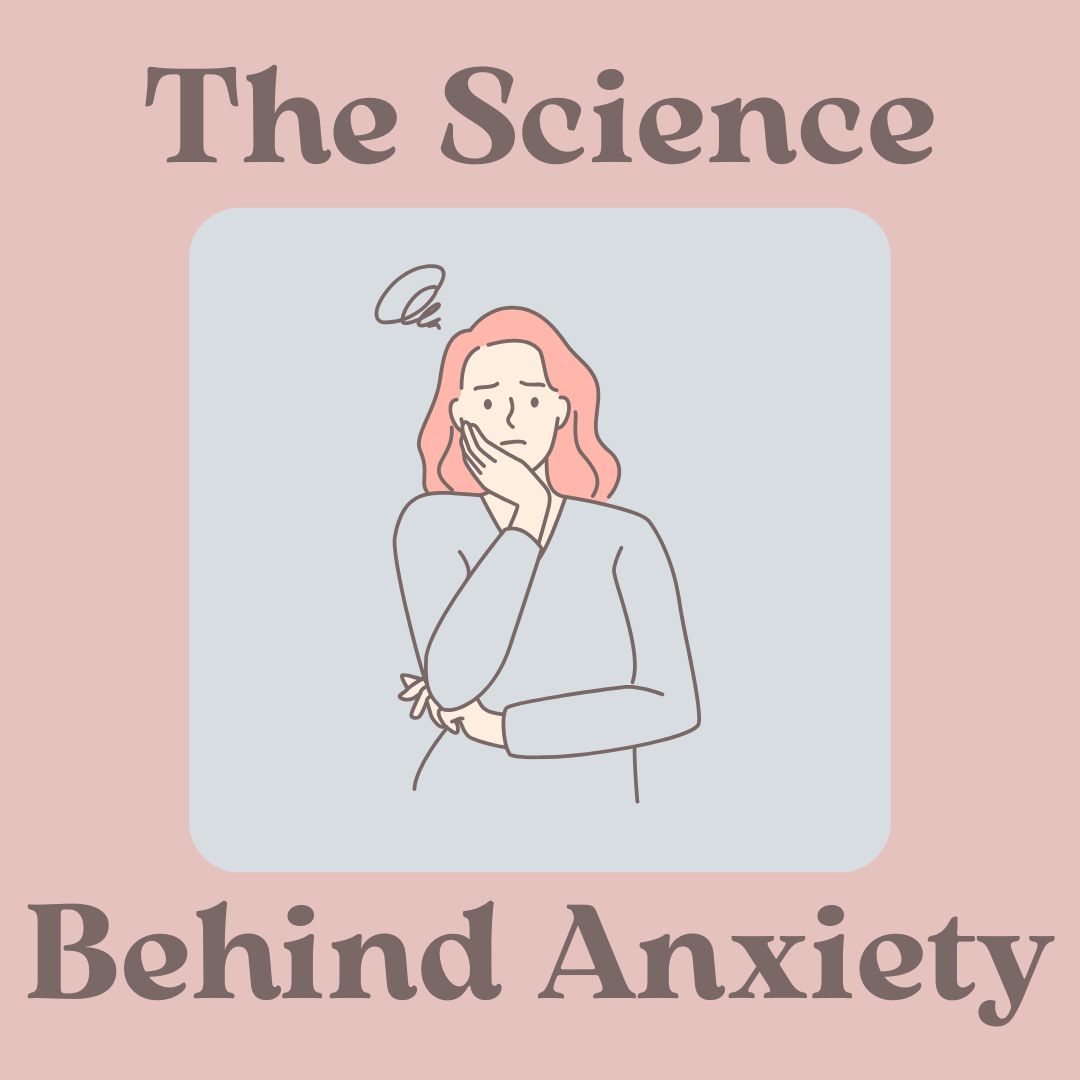Anxiety, a sensation that commonly afflicts people in daily life, has many reasons for existing, both existential and scientific. Some people have a more unfortunate tendency to feel anxiety, while others rarely feel the sensation. Anxiety commonly affects people of all ages, but the scientific reasoning behind anxiety can shed some light as to why it exists and affefcts so many people.
Anxiety takes on many different forms. Anxiety can either present as a sensation or a disorder. It spans across multiple disorders, ranging from Selective Mutism to Generalized Anxiety Disorder (GAD). Common symptoms of anxiety consist of irregular breathing patterns, sweating, upset stomach, increased heart rate, headaches, fatigue, chest pains and many other symptoms. It varies from person to person as to which symptom frequents more often than another. Anxiety causes people to have a mental and physical sense of negative expectation. They expect things to go bad, even though it might not. While the symptoms can be highly versatile and change from person to person, the common sensation leaves people feeling nervous and restless. It also causes an overwhelmed and helpless feeling in extreme cases.
Anxiety happens in the brain’s limbic system, specifically the amygdala, hypothalamus, hippocampus and thalamus. The amygdala, the brain’s fear center, sends signals to the hypothalamus, the part of the brain responsible for regulating bodily functions and behaviors, which causes the person to feel anxious. The amygdala can trigger due to the hippocampus, which holds memories. Distressing memories can stress the amygdala, causing it to send signals to the hypothalamus. The thalamus, the part of the brain that relays sensory information, can also trigger the amygdala. If it sends threat related information to the amygdala, it triggers, causing the feeling of anxiety to overcome the person affected. If the thalamus has abnormalities, it can cause higher levels of anxiety, which can lead to disorders like Post Traumatic Stress Disorder (PTSD).
Anxiety can cause multiple disorders. The most common one, GAD, causes the person to feel almost constantly in a state of worry, making daily life difficult. Other disorders have similar symptoms, but they have varying levels of worry, causing different side effects. Selective mutism, mentioned earlier, makes the person unable to talk in various social situations due to an uncontrollable anxiety reaction to a triggering or unfamiliar situation. Anxiety also plays a key factor in some phobias. It causes people to have an irrational fear or incessant worry over something that will most likely never pose a threat to the individual. Agoraphobia, the fear of situations where escape feels difficult, happens due to anxiety and has the classification of an anxiety disorder as well as a phobia.
Sometimes anxiety can lead to panic attacks or anxiety attacks. Panic attacks cause brief yet intense feelings of fear and panic. Anxiety attacks cause longer feelings of worry and apprehension. Both overwhelm people with symptoms of elevated heart rates, sweating and shortness of breath. An overactive flight-or-fight response system causes both, although the intensity of them rely on outside influences such as the environment and the people around them. It gets triggered by “threats” that may or may not actively threaten the person experiencing the attack. Sometimes the threats have actual premises to cause the person panic or stress, but sometimes the threats have no actual ill-will towards the person. However, the threat, whether real or not, triggers the person’s flight or fight response, causing hormones such as adrenaline to activate the amygdala, which sends out signals to the other parts of the brain. The activation of the amygdala leads to an overreaction when perceiving a potential threat, causing the attack to start. The attack can subside for a multitude of reasons, such as calming down by either time or calming sensations. The aftermath of an attack can lead to fatigue, nausea and many other unpleasant symptoms.
While anxiety causes many unpleasant sensations, ways to deal with it exist. Exercises such as breathing patterns and mental checklists can calm down a strong feeling of anxiety. A common breathing pattern, known to some as “box breathing,” can help anxiety prone people to calm down. It involves breathing in for four counts, holding the breath for four counts, releasing the breath for four counts, and staying without breathing in for four counts before repeating the process. It distracts the brain by focusing on counting, breathing and “resetting” the body. An example of a mental checklist would consist of the “3-3-3 Rule.” To do the 3-3-3 Rule the person would name three things that they can see, three things they can hear, and then move three parts of their body. This helps the person to focus on their surroundings and physical sensations, rather than the problem inside their head, calming them. Exercise and a healthy diet can reduce the feeling preemptively.
Anxiety, caused by the amygdala, has many negative side effects and can lead to many disorders. However, ways to cope with it exist and can make it manageable. Anxiety can be controlled and dealt with.


